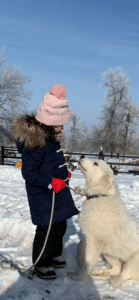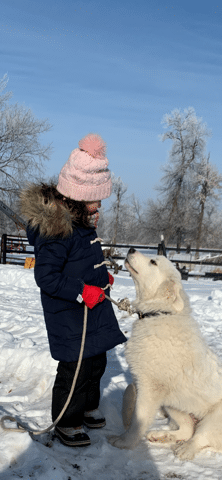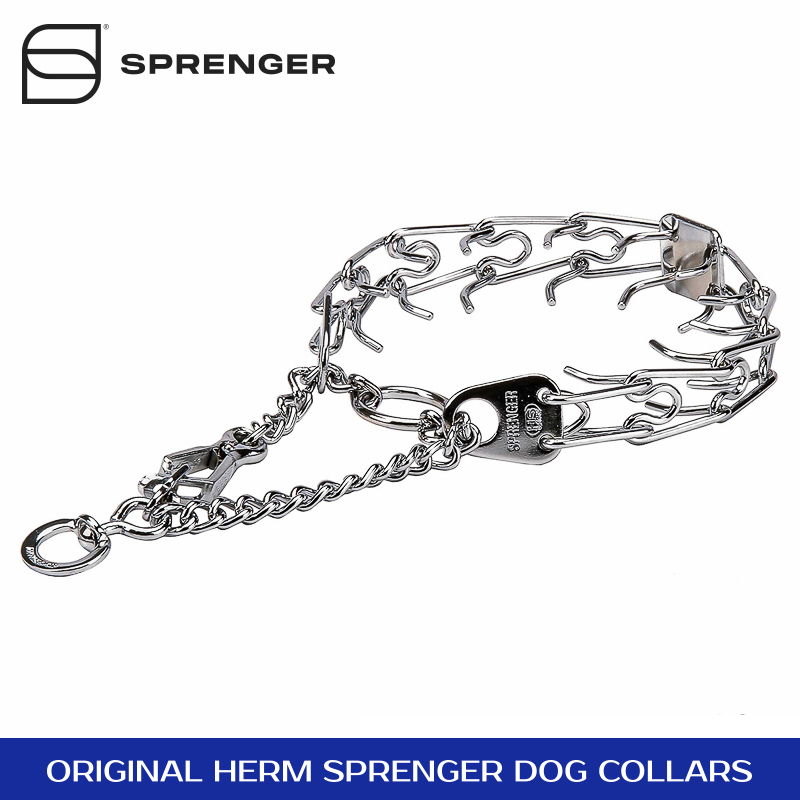Leash Training Your Snow Bear
Do you ever wonder how some people always seem to have well behaved dogs that listen well and obey every command? It’s kind of like comparing other people’s apparently perfect children to what you see as your soon to be incarcerated trouble making kids.
Well behaved dogs typically are leash trained early in life. This is covered well in one of our favorite puppy training books called The Art of Raising a Puppy written by the Monks of New Skete. Over the years we’ve incorporated several principles that I gleaned from this excellent read.
First, develop a positive relationship with your puppy. Bring them with you as much as possible. Dogs are pack animals and both need and want interaction with their pack and need an alpha. You are the alpha. That doesn’t mean that you need to dominate them. It doesn’t mean that every word out of your mouth is no. We should be saying yes to them more often than no and allow them to explore and grow their inborn intelligence so they can be all that they should be as your family or farm guardian.
Several years ago we went to Sea World. One of my daughters wanted to spend time with the dolphin trainers and she had a blast. I heard the dolphin trainer say one thing that kind of convicted me. The trainer said that it was important to only use positive reinforcement when training dolphins and never use negative reinforcement. I understand that dolpins are not dogs but there is something to this concept. When I observe our dogs they play 95% of the time and scuffle or fight about 5% of the time. That made me think about giving overwhelming positive reinforcement and sparing but necessary negative reinforcement. So far, it has worked well not only on dogs but also in raising my children. I need all the help I can get.
Second, give immediate and specific correction. Correction that is done hours later or for a hundred different reasons is bound to fail. This is where leash training is becomes immensely effective. Leash training is relational and offers time for lots of immediate positive and negative reinforcement for training specific behaviors.
Have you ever seen anyone getting their shoulders nearly getting ripped out of joint as their dog suddenly realizes that the squirrel running on your neighbors lawn would be something fun to chase? This a behavior that must come to an end if for no other reason than to protect your pride.
Leash training early on is best used with body harnesses or head collars like the Gentle Leader. This reduces damage to the dog or puppy and gets them used to being on a leash.
Dogs that are heavy pullers will require leash training using the prong collar. Now, I know that may sound like a four-letter word to some of you that disagree including this link to a veterinarian’s perspective. Everyone is entitled to their opinion and this author does have some valid concerns. The problems she identifies can be overcome when a loving person gently uses the prong collar. We’ve had nothing but positive experiences with our Great Pyrenees when training them using prong collars. I wouldn’t be without one especially when my children take the dogs for a walk.
Click here to see the prong collar that I recommend. The quick-release feature with saves your fingers if you are removing a collar from a playful dog.
Leash training requires patience and repetition no matter which collar you use. Make some time for this regularly and your dog will love getting on the leash for your next adventure.
Please share us with a friend and check out our available puppies.


